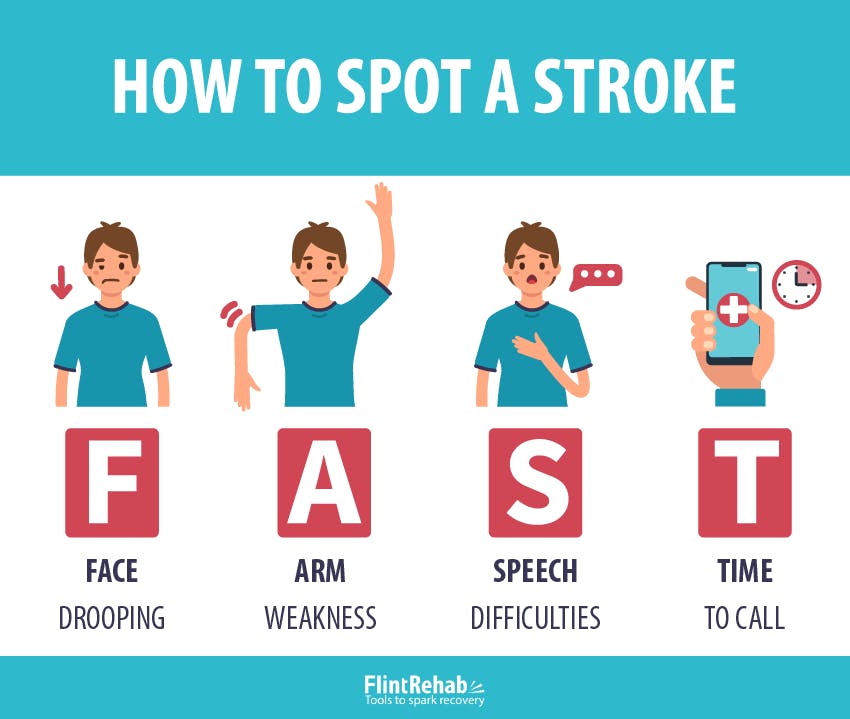


Blood pressure monitoring, blood tests and an EKG will help identify the most common causes of stroke, including high blood pressure, high cholesterol, diabetes and atrial fibrillation. Stroke patients may have a CAT scan or MRI of the brain and blood vessels to the brain to determine what type of stroke it is and whether there are any blocked or narrowed blood vessels. What other kinds of tests and treatments are done for stroke patients in the hospital? The sooner tPA is given, the better the chance of a good recovery from stroke, so every second counts! There are some contraindications to receiving tPA, so not everyone is a candidate.

This medicine must be given within 4 1/2 hours after stroke. Patients with ischemic stroke can be treated with tPA, a clot busting drug which helps to unclog the blocked blood vessel and increase the chance of a good recovery from stroke. If you or someone else experiences the symptoms of stroke, even if they go away, dial 911 immediately. A TIA increases the chances of having a stroke in the near future. This is called a transient ischemic attack, or “TIA”. Sometimes, people experience the symptoms of stroke temporarily. Most people have no warning before their stroke, which is why regular medical check-ups are important, to identify stroke risk factors and prevent stroke. What are the warning signs of stroke? What is a TIA? Make a note of the time when the symptoms started. Time: If you or someone else experiences the symptoms of stroke, it’s time to dial 911. Is their speech slurred? Do the words make sense? Are they able to understand what you are saying and respond normally? Is their face drooping?Īrm: Ask the person to hold up both arms. What should you do if you think someone is having a stroke?įace: Ask the person to smile. Sudden weakness, numbness or incoordination of one side or part of the body, drooping of the face, sudden loss of vision in one eye or on one side, slurred speech, difficulty speaking or understanding speech, sudden onset dizziness or impaired walking or balance. Other common risk factors for stroke include diabetes, an irregular heart rhythm called atrial fibrillation, high cholesterol, smoking, physical inactivity, a family history of stroke and chronic kidney disease. The strongest risk factor for both types of stroke is high blood pressure, also called hypertension. What are the main risk factors for stroke? The other type of stroke is a cerebral hemorrhage, when a blood vessel in the brain ruptures, causing bleeding and damage to the brain tissue. However, the brain is able to adjust, so many patients improve and some have no permanent disability. The damage is permanent because these cells cannot be replaced. A blood vessel supplying oxygen and nutrients to the brain becomes blocked, causing brain cell death. The most common type of stroke is an ischemic stroke, also called a cerebral infarction. The majority of strokes are preventable, and if treated early, the likelihood of a good outcome after stroke can be significantly improved. Stroke is the 5th leading cause of death and the #1 cause of disability in the U.S. In the US, every 40 seconds someone suffers a stroke, and every 4 minutes, someone dies of a stroke. Each year in the US, approximately 795,000 people have a new or recurrent stroke.


 0 kommentar(er)
0 kommentar(er)
